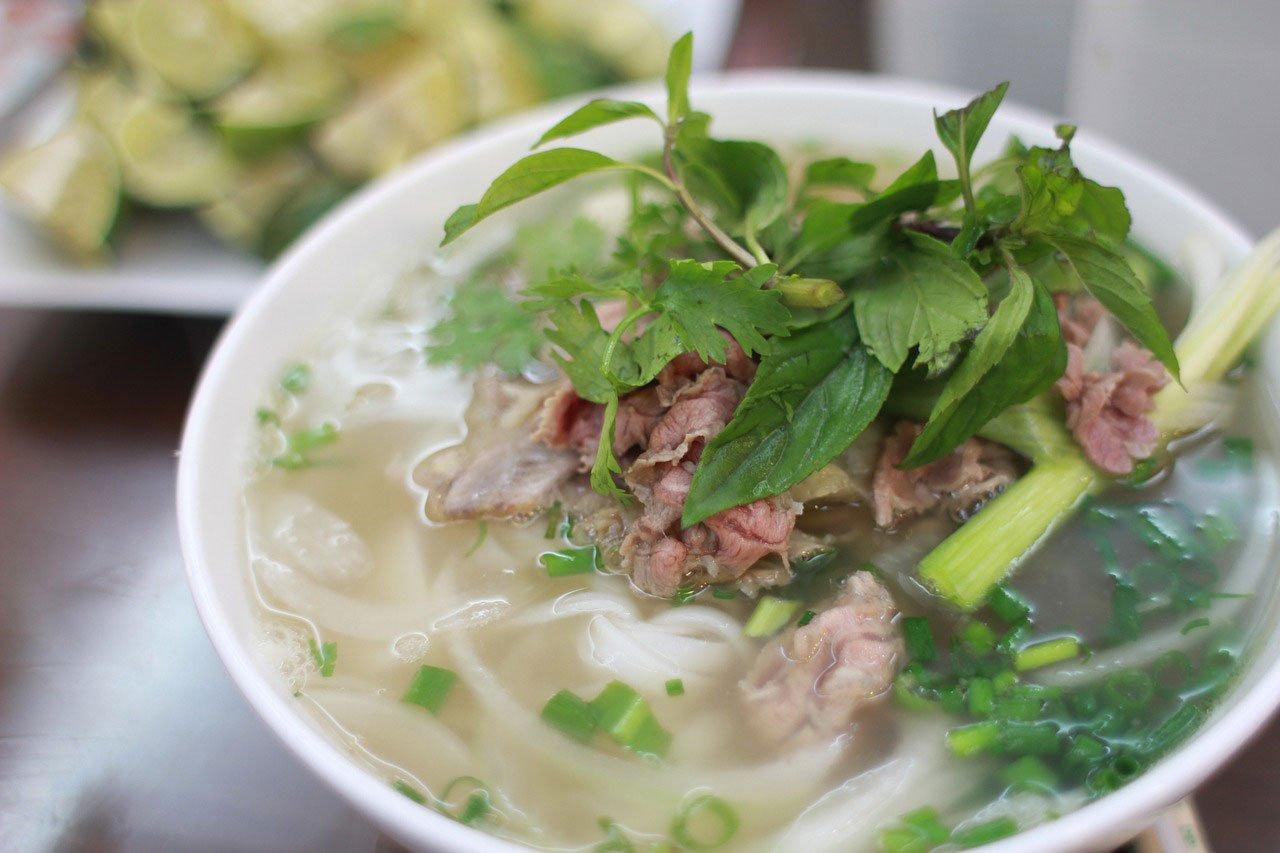- Exploring Vietnam
Once a third rate tourist destination compared to some of its South East Asian neighbors, Vietnam has recently gained a fair amount of popularity with visitors thanks to its natural wonders, fascinating history and amazing cuisine. It is a country of incredible diversity, with 54 distinct ethnic groups found across the nation, from its mountainous North down to the tropical deltas in the South.
As its tourism industry grows, Vietnam is starting to develop a good amount of tourist infrastructure (hotels, tours, restaurants and transport) to service the visitors who flock to see its historic sites, bustling cities and diverse landscapes. Therefore, here is a condensed Vietnam Travel Guide.
- Vietnam Travel Guide | General Advise
Plan your itinerary carefully to account for the distances in Vietnam – this long, skinny country stretches for more than 1650km from North to South. To truly see everything the country has to offer you should allow two or three weeks to tour Vietnam. If you are more time limited, plan to see a selection of sites in one part of the country (for example Hanoi, Halong Bay and Sapa in the North) or plan a tour of the highlights by flying between the country’s many domestic airports.
The best time to visit is March to April or October to November – December to February can get cold in Northern Vietnam (as low as freezing in the highlands near the border with China) and Vietnam has a truly epic monsoon season from June to September. All visitors need to secure either a one-month or three-month visa prior to arrival ($25 to $50 depending on the type of visa) – this can easily be done online at the Vietnam Government’s site (https://vietnamvisa.govt.vn/united-states-citizens/). Just make sure you print out the visa confirmation and bring three passport photos with you.
- Getting there & Getting around
Saigon/Ho Chi Minh City and Hanoi both have international airports with a wide variety of regional and international connections. Currently there a no direct flights from the USA to Vietnam, although Vietnam Airlines has announced it will start a direct route to Los Angeles in 2018. Many airlines offer connections via Singapore, Kuala Lumpur and Hong Kong.
For more information see the respective airports’ sites:
By far the quickest way to travel the long distances between Vietnam’s sites is by air – all major cities have airports including Hoi An, Hue, Da Nang and Hai Phong. There are a number of airlines operating these domestic routes, including budget airlines offering fares from around $39.
For the more budget traveler, there is also a good network of trains and air-conditioned buses, including overnight sleeper buses and trains, between the various centers.
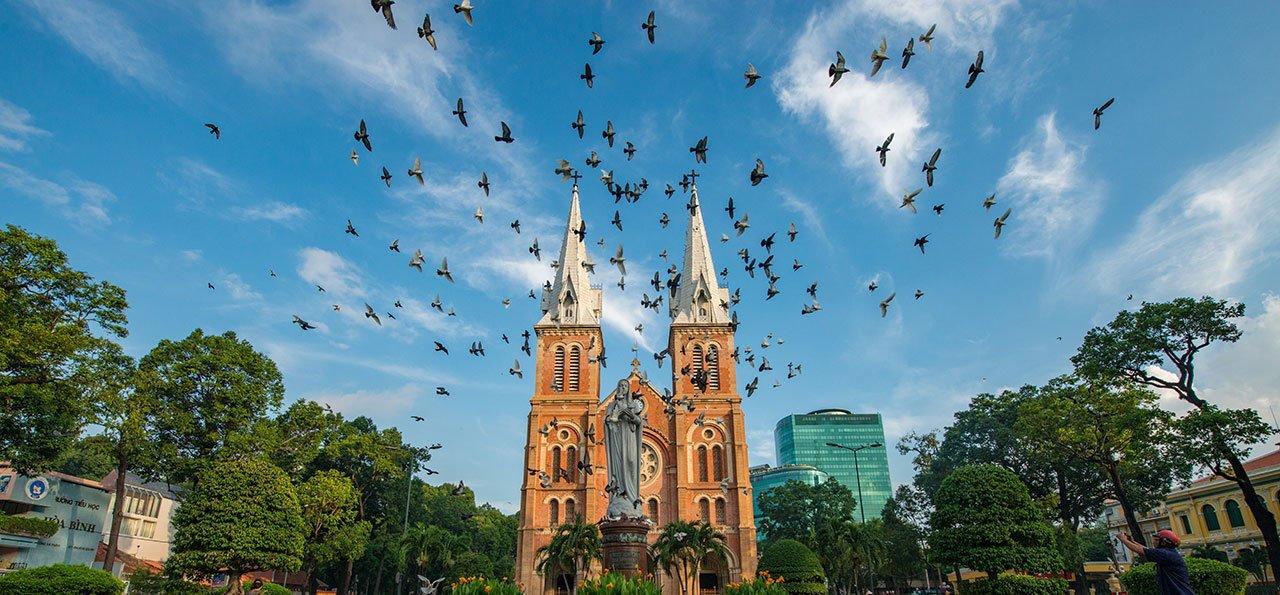
Vietnam Travel Guide | Attractions & Activities
- Saigon & the Mekong Delta
Vietnam Travel Guide – Saigon, now officially known as Ho Chi Minh city though locals and visitors alike generally use its old name, is Vietnam’s economic center and one of the busiest, craziest and most vibrant cities in Asia, if not the world. With 6 million people and reportedly 8 million motorbikes, people and traffic fill the streets day and night. A cultural melting pot, with immigrants drawn here from all over Vietnam and beyond, Saigon offers a fantastic range of restaurants, shopping and fabulous roof top bars.
Saigon and the region played an important part in the Vietnam War (or the ‘American War’ as it is known here) and you can visit important sites relating to this chapter in history here: notably the Cu Chi Tunnels and the War Remnants Museum. Both are rather harrowing, but important to visit not only to gain insight of local history, but also to get a sense of the Vietnamese perspective of a conflict which had strong impacts on US and world politics.
From Saigon, you can visit the Mekong Delta region which dominates the Southern part of Vietnam – either as a day trip, or several days. The river originates in Tibet and flows through Burma, Thailand, Laos and Cambodia before reaching Vietnam and splitting into xxx deltas which eventually find the sea here. It has been the lifeblood on Southern Vietnam for centuries, supporting millions of hectares of rice paddies and feeding the people here. Tourists can go on cruises down the river, visit the famous floating markets at Cai Be and Cai Rang.
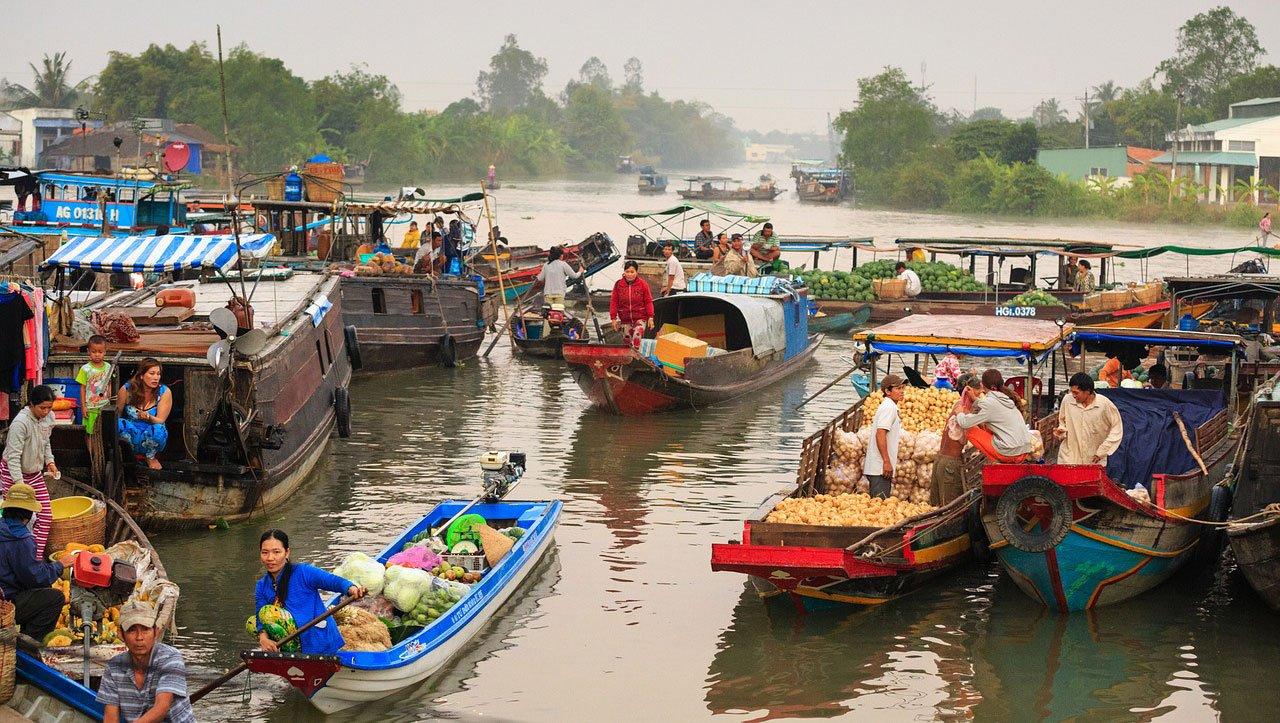
- Halong Bay
Perhaps Vietnam’s biggest drawcard for visitors, Halong Bay (‘The Bay of the Descending Dragon’) is officially one of the Seven Natural Wonders of the World – a spectacular collection of 1600 rocky islands rising dramatically out of the South China Sea.
The only way to see Halong Bay is by boat cruise and there are two ways to do this: with a day cruise which usually includes lunch, or a 2 or 3 day cruise where you stay 1 or 2 nights respectively aboard. Visitors commonly book boat cruises as part of tours from Hanoi, where there is no shortage of choice of tours at a range of budgets, though it is also possible to visit from Cat Ba Island or Hai Phong.
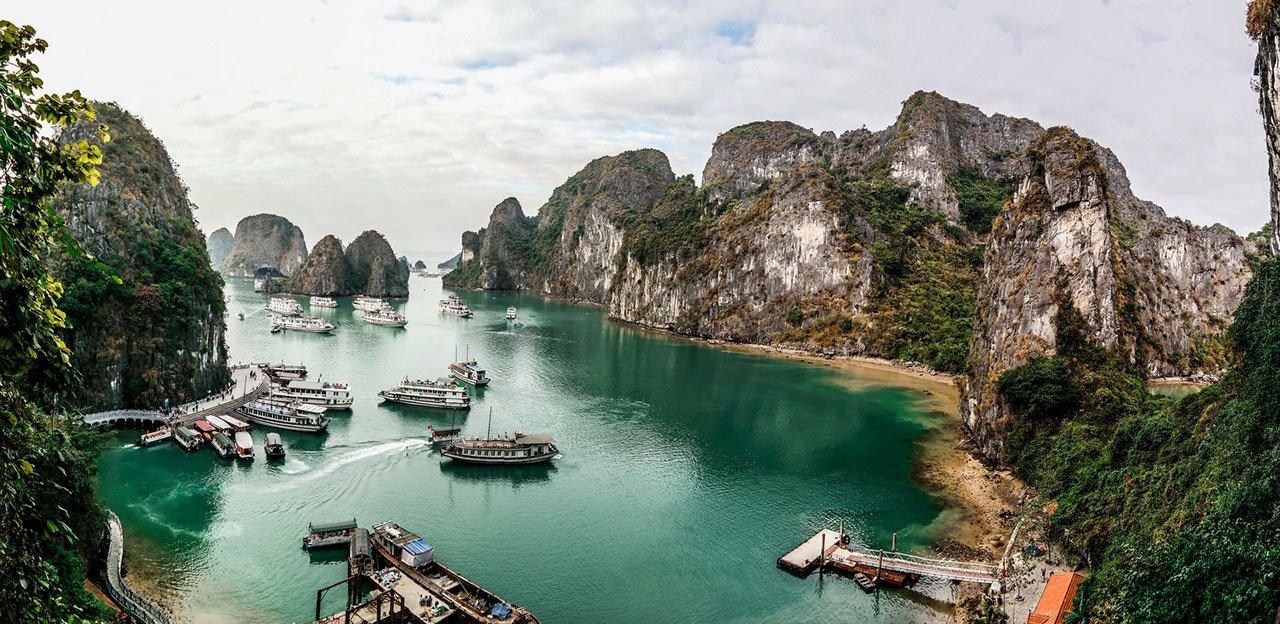
- Sapa
Sometimes referred to the “inland Halong Bay”, Sapa is a region located around 5 hours North of Hanoi, close to the border with China. With spectacular landscapes of rice paddy terraces carved into steep hillsides and dramatic mountain peaks, Sapa is a popular destination for hikers. It also offers a great opportunity to learn about the Hmong people, the once persecuted ethnic minority indigenous to this region famous for their traditional dress and production of dark indigo textiles.
You can purchase local textiles and handicrafts in the Hmong style – in fact it is difficult to avoid it, with small shops and street sellers everywhere peddling their wares! Visitors can stay in Sapa town, which has many hotels and guest houses, or a large variety of homestays in the surrounding valleys.
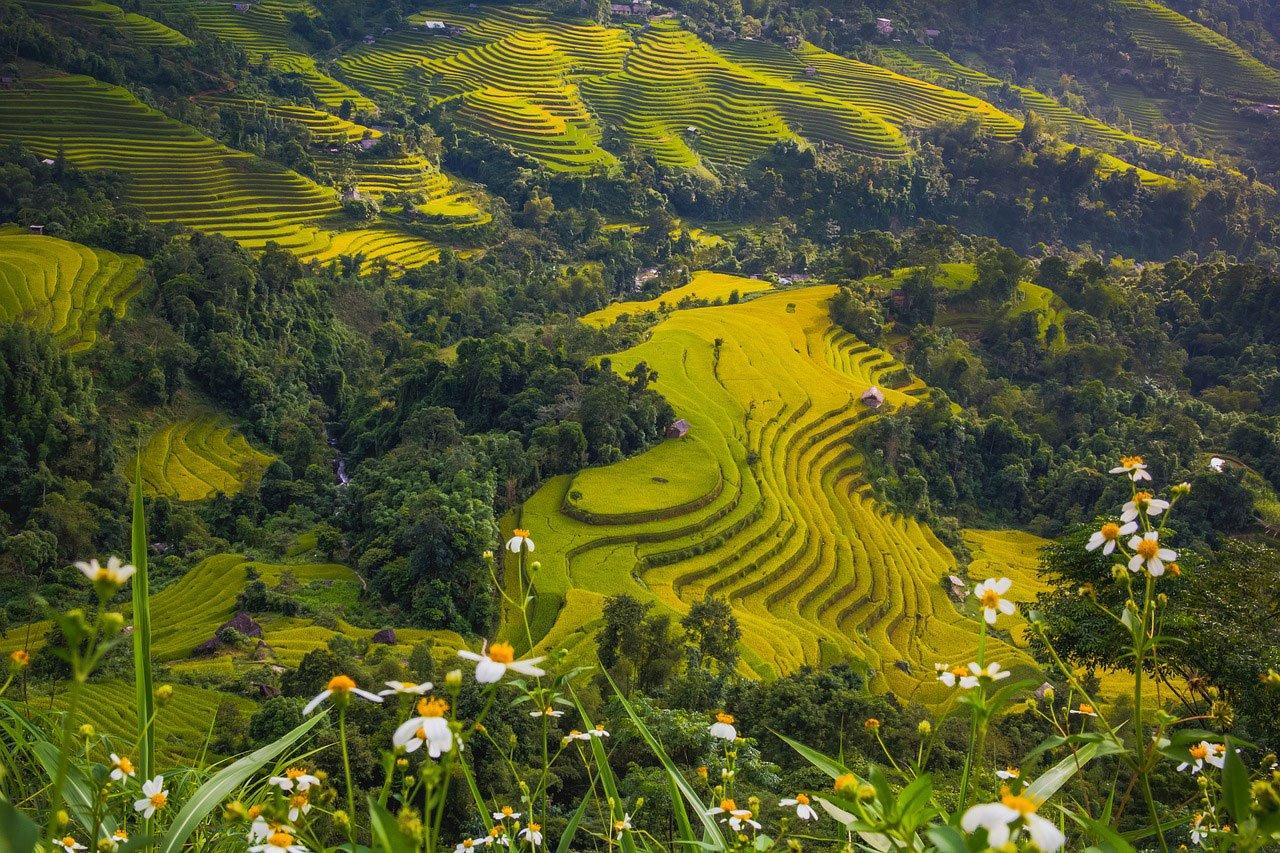
- Hoi An
Once a thriving port and commercial centre, the river mouth linking Hoi An to the ocean was filled up with silt deposits in the 19th century, effectively blocking trade and the town’s development. This means that the ancient town remains pretty much intact, with its French colonial buildings, wooden Chinese pagodas and an iconic Japanese Covered Bridge.
Hoi An is best seen at night, when the colorful lanterns which adorn its streets are lit up. Once a month to coincide with the full moon, floating lanterns are released up and down the river and the scene is akin to a magical Disney movie.
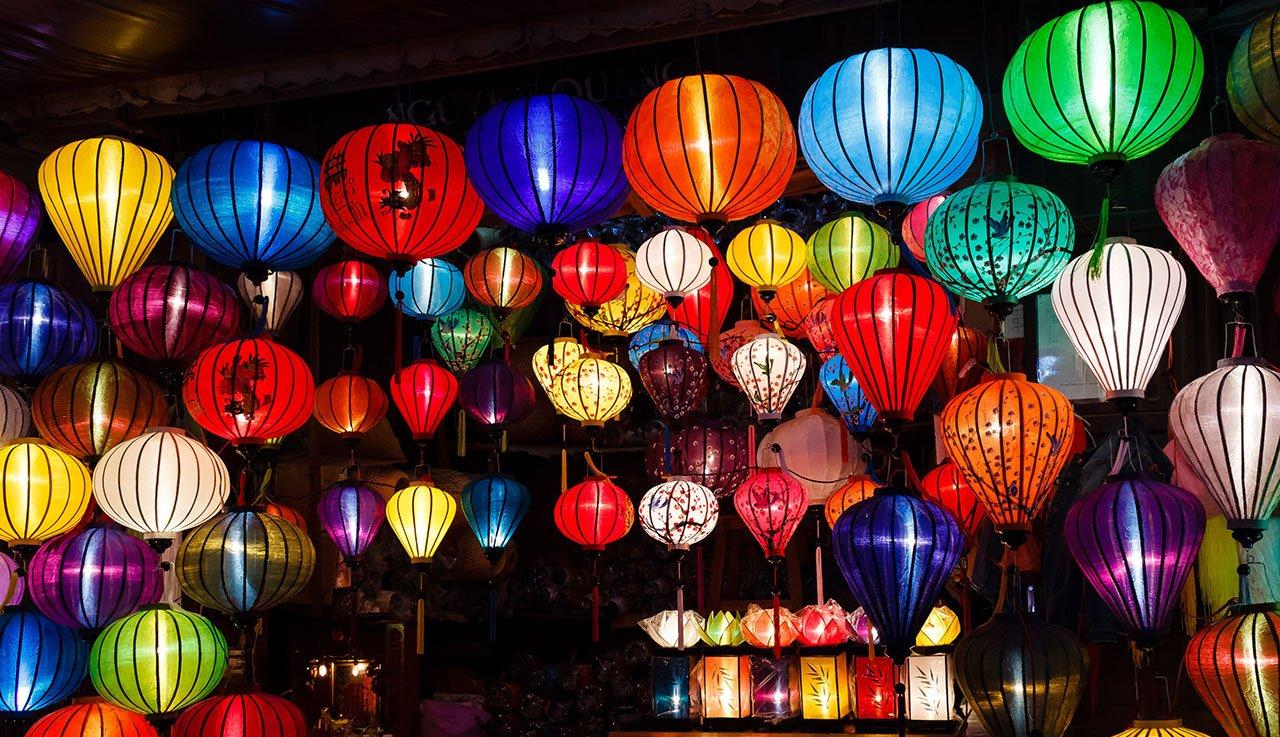
- Hue
This city on the Perfume River in central Vietnam was the nation’s capital for centuries. Today, it is slightly off the worn tourist track but with an impressive collection of Imperial palaces, monuments and pagodas.
At the top of the list is the old imperial city, a collection of mostly intact palaces and imperial buildings, surrounded by impressive citadel defenses with ornate gates featuring impressive tile mosaics. Throughout the city and along the Perfume River you will find historic pagodas and tombs of various emperors, such as the seven-story Pagoda of the Celestial Lady.
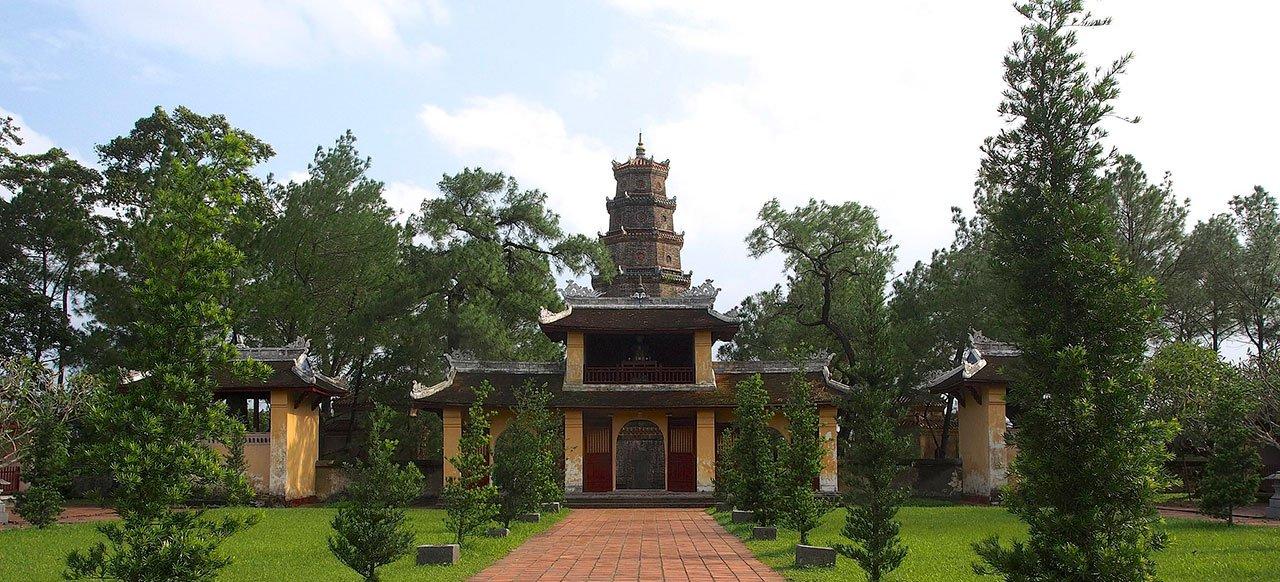
- Vietnamese Food
As a culinary destination, Vietnam has to rank as one of the world’s best – food with incredible flavors and made from the freshest ingredients can be found literally on every street corner and for as little as $0.30 for a Banh Mi (pork sandwich) or $0.80 for Pho (noodle soup).
Each region has its own specialties: Bun Cha – grilled pork, rice noodles and fresh herb salad – in Hanoi; White Rose dumplings – in Hoi An; and fresh spring rolls of shrimp or chicken wrapped in rice paper with lashings of fresh herbs in Saigon. Just about every restaurant in Hanoi will tell you how President Obama ate Bun Cha when he visited Vietnam in 2016.
In addition to spectacular dishes going back centuries, its history as a French colony from the mid-nineteenth to mid-twentieth centuries means that French bakeries can also be found in every town or city, with great croissants, pain au chocolat and baguettes.
